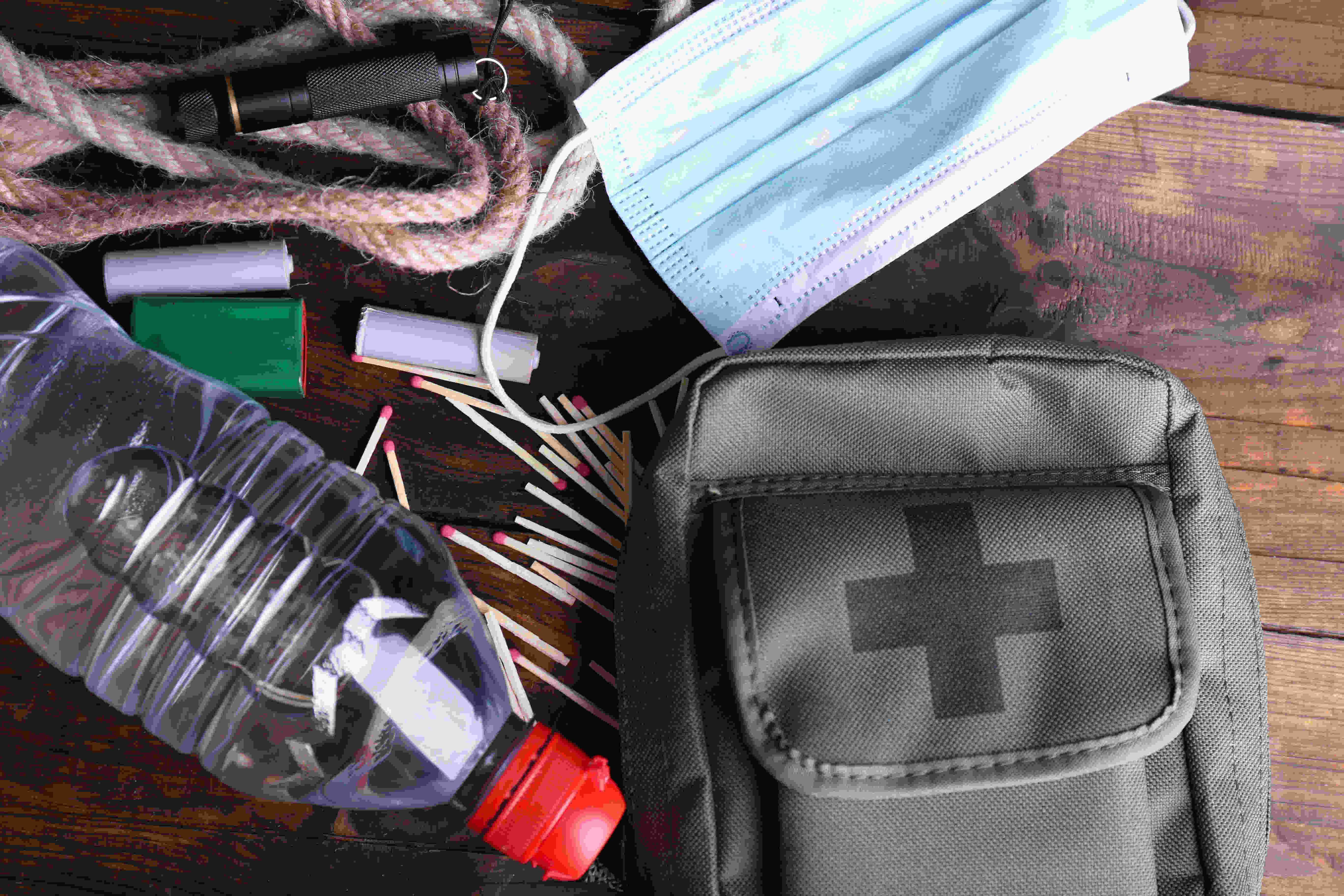Include these items in your kit to prepare your home for any danger.
According to FEMA, being prepared for a disaster means having enough food, water and other supplies to last for at least 72 hours. The items below are for a basic kit. You’ll likely need to add more items depending on your family’s needs and where you live.
Container
First, you’ll need the right container for your at-home emergency kit. We recommend one or two waterproof plastic bins or a duffel bag.
Water
When buying your emergency supply of water, a good rule of thumb is one gallon of water per person per day for at least three days. You’ll need to think about drinking water, but also water for sanitation if plumbing systems in your community sustain damage.
Food
Authorities recommend having a three-day supply of non-perishable food for every person in the family. When building your supply, pick foods your family will actually eat and remember any special dietary needs. Ready-to-eat canned goods are ideal, supplemented with non-perishable snacks. Don’t forget the can opener!
First aid
There are dozens of ready-made first aid kits on the market, but you can also make your own. You’ll need bandages, antibacterial agents, and lots of wet wipes at least. Also, go ahead and invest in a first aid manual.
Batteries
Batteries are a critical component of safety should there be an electricity outage. Have batteries of all kinds in your emergency kit. It would also be wise to purchase an extra cell phone battery to be kept in your emergency kit.
Tools
Your home should already have a tool-kit, but if not, there are a few basic tools you should buy in case of an emergency. Gas leaks and electrocution are major risks following a disaster, so pliers or a wrench are a must in case utilities to your home need to be shut-off.

